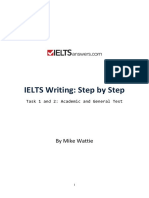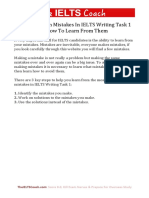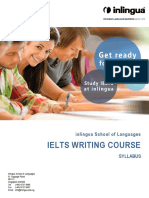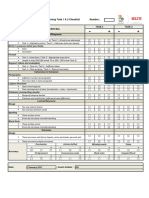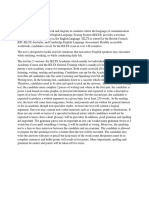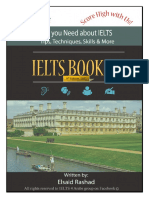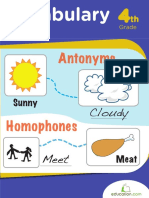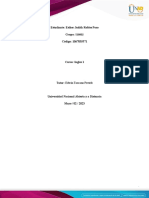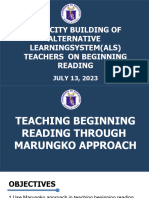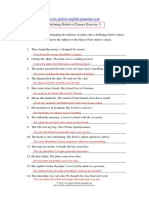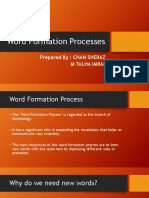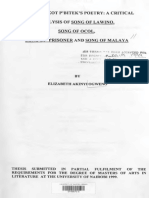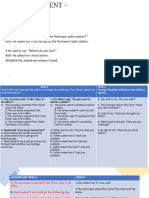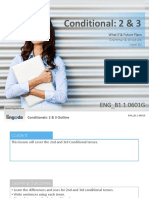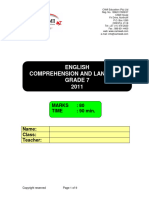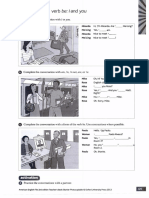0% found this document useful (0 votes)
11 views6 pagesProblems
The document outlines common grammar and style issues faced by IELTS candidates, including the misuse of prepositions, articles, word forms, comparatives, and informal language. It references multiple sources that emphasize the importance of accuracy and formality in academic writing. Key recommendations include practicing correct grammar usage and avoiding informal expressions to enhance clarity and coherence in writing tasks.
Uploaded by
kholoudnasr95Copyright
© © All Rights Reserved
We take content rights seriously. If you suspect this is your content, claim it here.
Available Formats
Download as DOC, PDF, TXT or read online on Scribd
0% found this document useful (0 votes)
11 views6 pagesProblems
The document outlines common grammar and style issues faced by IELTS candidates, including the misuse of prepositions, articles, word forms, comparatives, and informal language. It references multiple sources that emphasize the importance of accuracy and formality in academic writing. Key recommendations include practicing correct grammar usage and avoiding informal expressions to enhance clarity and coherence in writing tasks.
Uploaded by
kholoudnasr95Copyright
© © All Rights Reserved
We take content rights seriously. If you suspect this is your content, claim it here.
Available Formats
Download as DOC, PDF, TXT or read online on Scribd
/ 6

